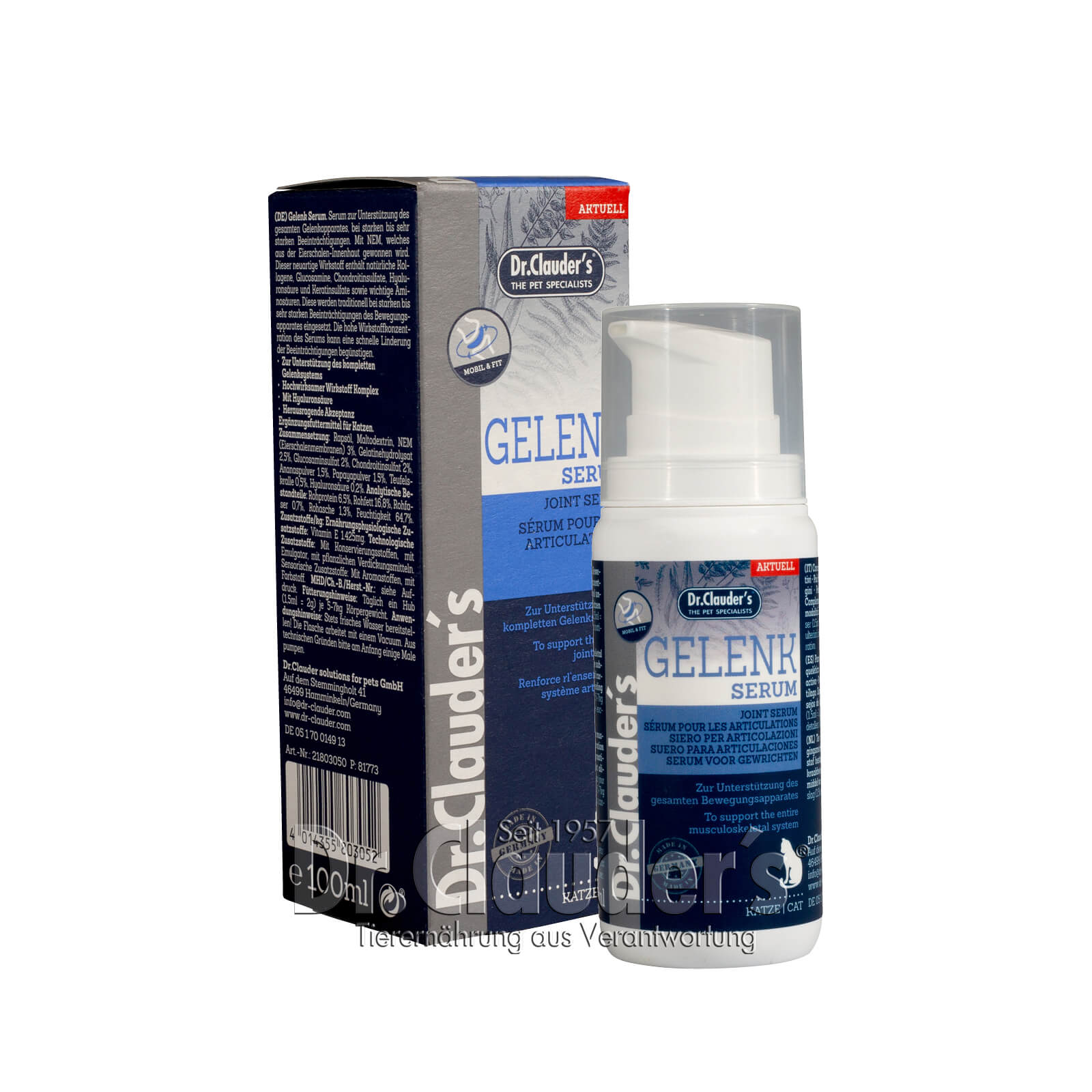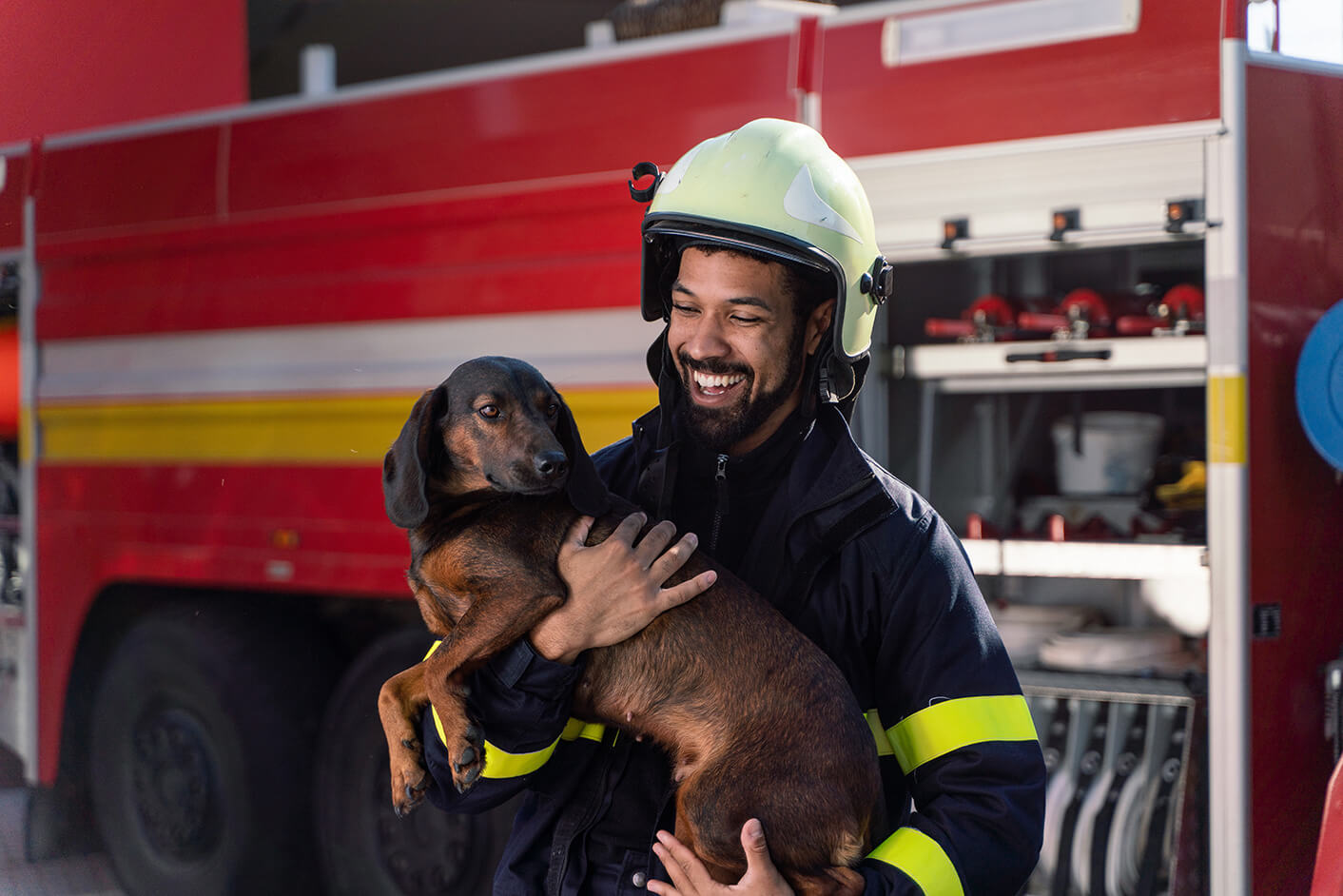Included in this article:
- Articolazioni del gato
- Riconoscere i sintomi
- Chronic joint diseases
- Zapobieganie problemom związanym z artykułami
- Exercise despite arthrosis
- Points to note
- Consigli sui prodotti
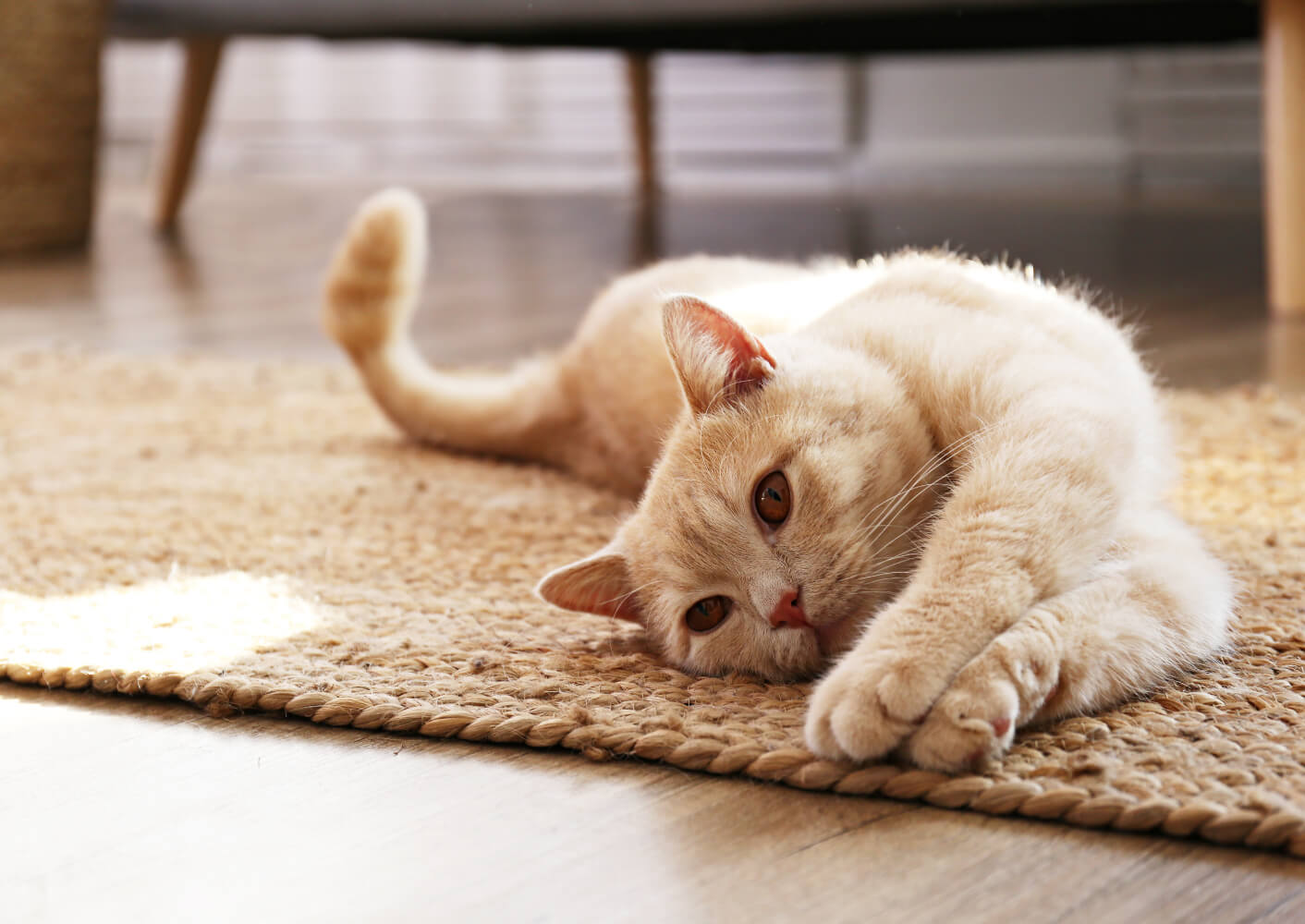
Does my cat have osteoarthritis?
Cats are masters at hiding pain - did you know that 90% of cats over 12 years old have osteoarthritis on X-ray? Cats love to jump and climb, putting their joints under daily stress, whichunfortunately makes them more susceptible to inflammatory and painful joint changes.
How do chronic signs of joint wear develop, how do you recognise them and what can you do to help your cat? You will find the answers in this article.
The joints of the cat
Who hasn't been captivated by the graceful agility, impressive bounce and elegance of a cat's landing? It is spectacular to watch a cat turn on its own axis in a fall and still land on its four paws.
Where does this mobility come from?
The individual vertebral bones of the cat are less rigidly connected than, for example, those of us humans or dogs. Cats owe their agility to the optimal interaction of muscles, nerves, bones, tendons, connective tissue and ligaments. The joints form the movable "hinges" between two bones. They cushion the impact of pressure (for example when jumping from great heights) and are often exposed to great forces.
Fun Fact: The cat's skeleton has 40 more bones than a human's - most of them in the skull, spine and tail. Evolution has designed the cat's skeleton perfectly for life as a hunter - yet the joints are a weak point in the locomotor system. Why they are so vulnerable can be explained by the structure and composition of their components. The basic components of the joints are always the same:
- Bone
- Cartilage
- Synovial fluid
- Joint capsule
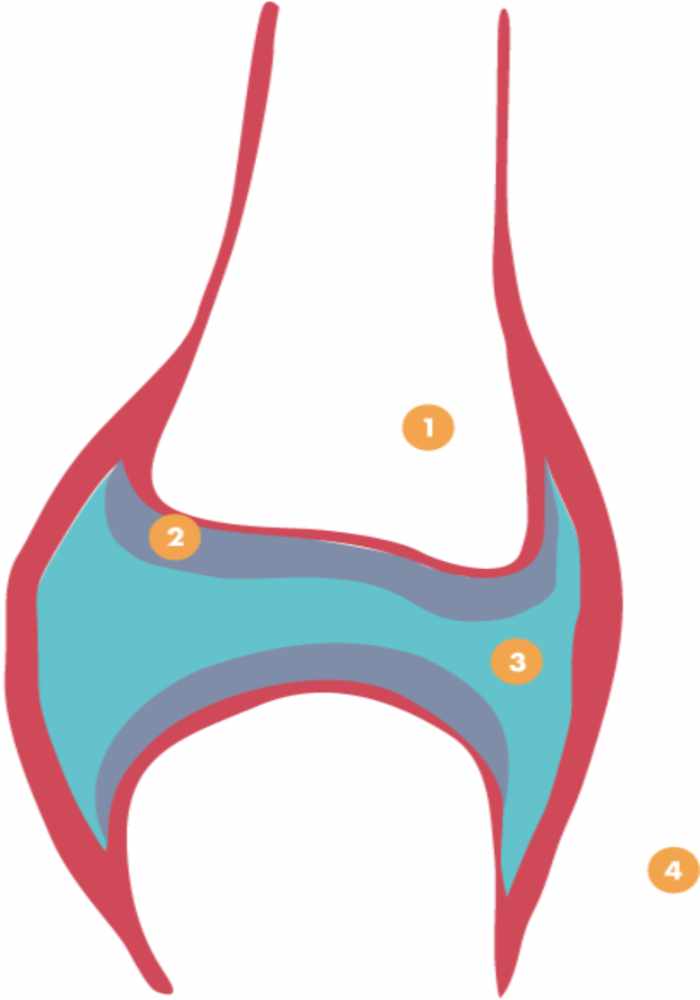
The joint consists of the condyle and the socket, which fit into each other like pieces of a puzzle. They are covered by a layer of articular cartilage. Between them is the synovial fluid and the joint capsule covers the entire joint. It fulfils a protective and supply function. Depending on the joint, the ligaments enable mobility in the intended radius and, in interaction with the muscles, provide stability.
With its smooth surface, thearticular cartilage helps to minimise friction and thus wear in the joints. It also cushions forces that arise, for example, when jumping - like a shock absorber.
The joint fluid (synovia or synovial fluid) consists mainly of hyaluronic acid, glucose and water. It fills the joint space and, like cartilage, helps to absorb shocks. Other tasks: Nutrient supply for the cartilage, removal of degradation products and reduction of friction of the cartilage.
The stress on the joints in the course of a cat's life leads to wear and tear of the cartilage structures, which can, however, regenerate themselves through species- and need-appropriate nutrition and sufficient exercise. Factors such as age, obesity, injury or overuse mean that the self-healing powers are no longer sufficient and this can lead to painful and inflamed joints in your cat. Now you can find out how to recognise joint pain and how you can help your cat.
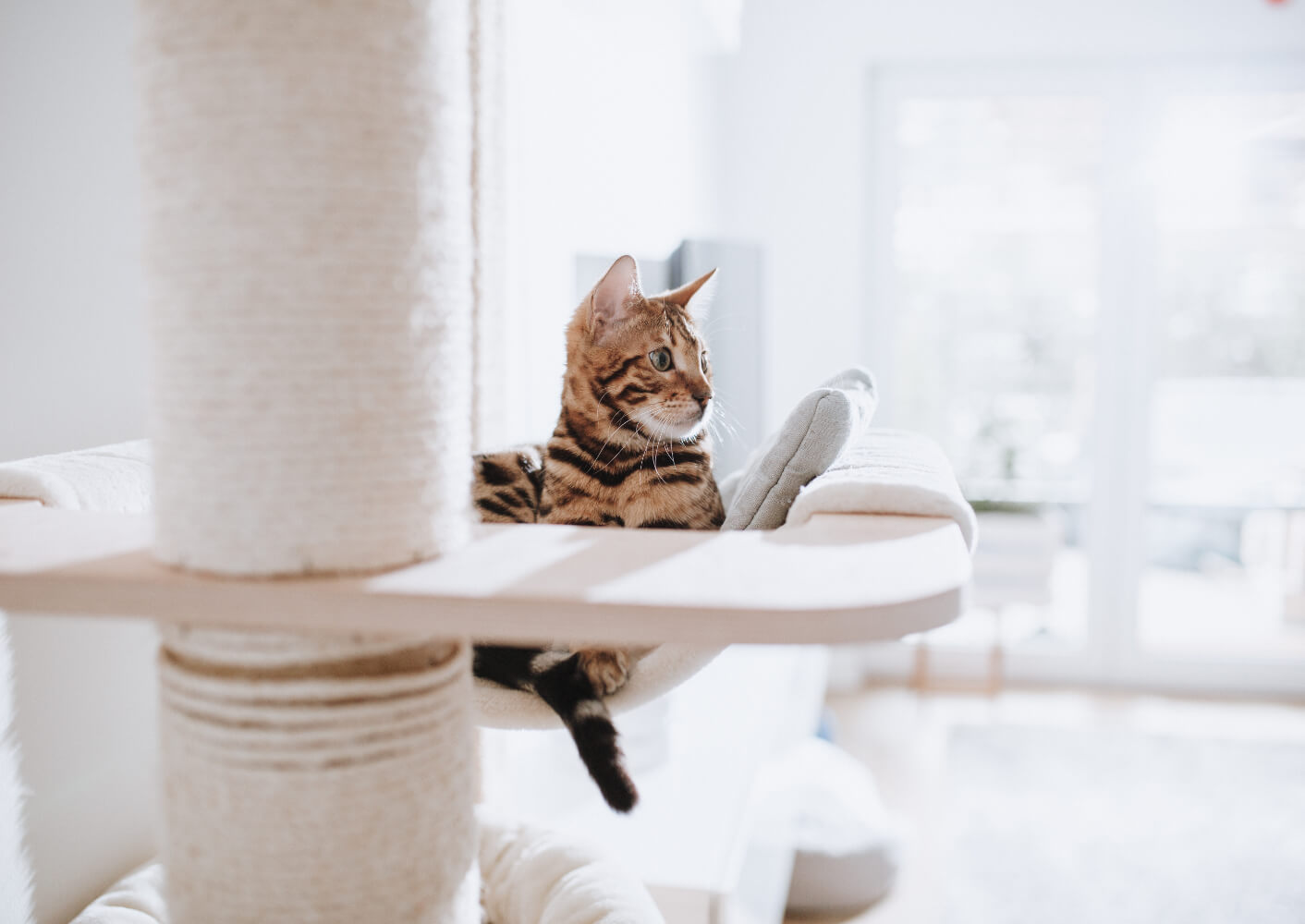
How to recognise joint problems in your cat
There are many symptoms of joint problems in cats and not all of them are easy to recognise as such, as they are quite unspecific. Look out for the following signs and be sure to consult a vet to rule out other causes:
- Your cat finds it difficult to groom: When their joints are painful, cats avoid movement - even the contortions that are necessary for grooming. The result: the coat looks more unkempt than usual.
- Loss of appetite and digestive problems - in combination with other warning signs, can indicate joint problems.
- Weight gain: Painful joints discourage your cat from exercising and as a result its body weight increases.
- Household mess: If your cat finds it difficult to climb into the litter tray, she may defecate or urinate next to the toilet.
- Inactivity: no or less playing, climbing or using the scratching post.
- Aggression or fear
- Increased sleeping
- Loud complaining
- Lameness
- Coordination difficulties
- Dilated pupils, blinking, growling, hissing and whimpering may be an expression of physical pain
Chronic joint diseases in cats
Joint diseases in cats are diagnosed less frequently than in dogs. If the joint cartilage is damaged or the joint is inflamed, the cartilage surface changes and the joint is disturbed in its function. The consequences: Further cartilage damage, bone remodelling, pain and limited mobility.
In many cats with arthrosis (degenerative joint disease), the cause remains unclear.
Causes of arthritis:
- bacterial infection (e.g. Lyme disease)
- Immune disease (e.g. rheumatism)
- Particularly frequent cause: cartilage damage
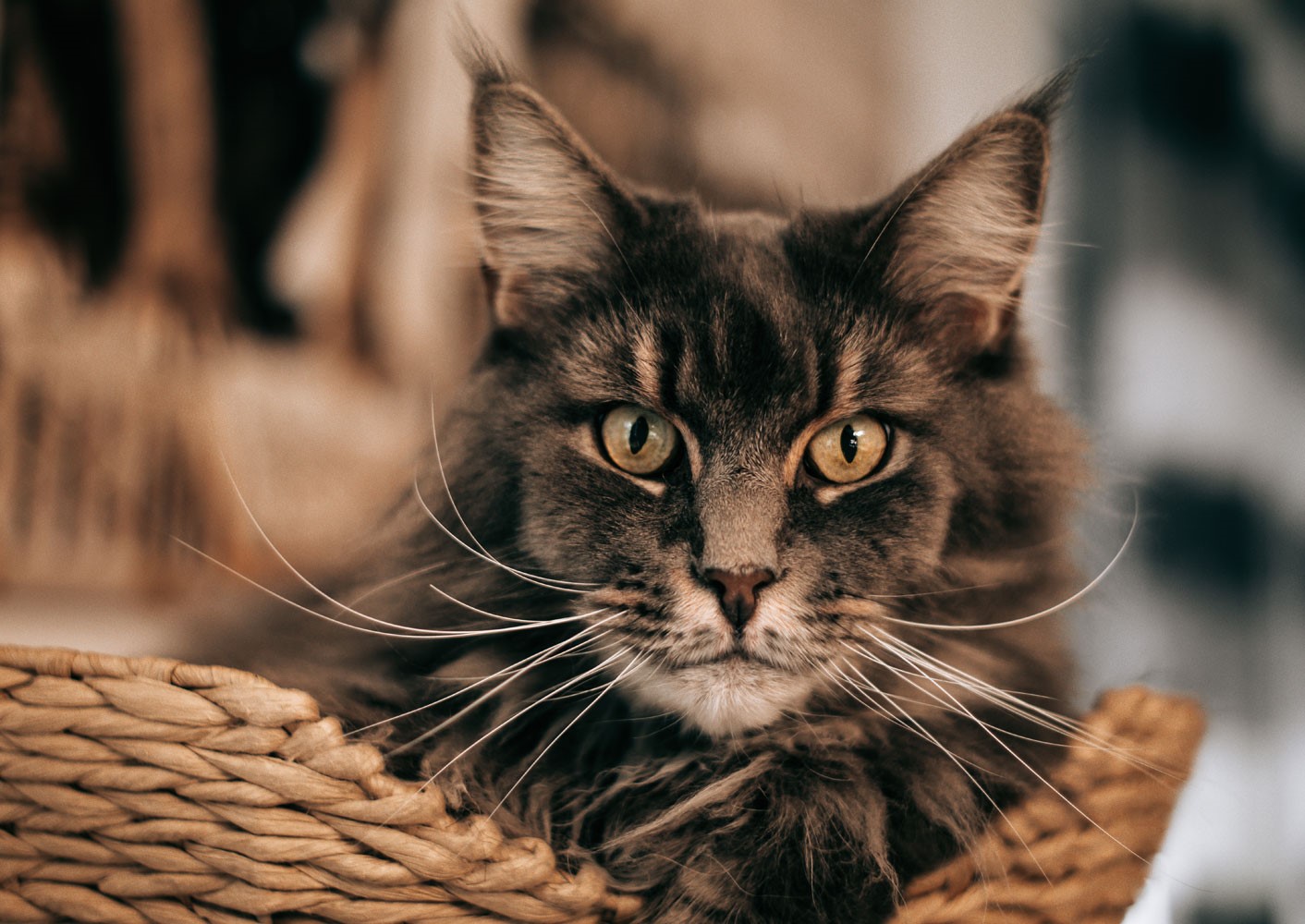
Causes of osteoarthritis in cats
Osteoarthritis is usually caused by excessive stress on the joints. In dogs, the overloading of the joint cartilage can often be attributed to joint malpositions, specific cartilage diseases or even accidents (trauma) with cartilage injuries (secondary osteoarthritis), whereas in cats such causes are less often identifiable (primary osteoarthritis).
Causes of osteoarthritis in cats:
- Trauma (bone fractures / joint; cruciate ligament tears or damage to bones).
- Dysplasia (malformation of bones - for example hip dysplasia in pedigree cats such as Main Coons - can lead to incorrect loading and promote osteoarthritis)
- Patellar luxation (dislocation of the patella)
- Arthritis (inflammation of the joints)
How to treat osteoarthritis in cats
Osteoarthritis cannot be cured - unfortunately, cartilage damage cannot be reversed. The therapy therefore focuses on slowing down the progression of the disease, eliminating pain in the best case and restoring the mobility of the affected joint.
Your vet can rule out other causes of pain and set up a suitable treatment plan. This may include the following measures, for example:
- For acute pain: Medication and anti-inflammatory pain treatment (due to the side effects, the intake must be well monitored, especially in older cats. The aim is to keep the dosage as low as possible)
- Caution: Never give your cat painkillers such as aspirin or paracetamol, which are intended for humans. These can be fatal to cats even in small doses.
- In addition, joint-supporting nutrients are used in therapy - these can even replace the accompanying pain therapy in cases of mild osteoarthritis.
The most important joint-supporting nutrients available today for osteoarthritis therapy in cats:
- Glycosaminoglycans (GAG): glucosamine and chondroitin sulphate (often in combination with manganese) - for example inDr.Clauder's Mobil & Fit - Joint Serum .
- Omega-3 fatty acids, e.g. EPA and DHA
- Antioxidants, e.g. vitamin E (vitamin C, selenium, methyl-sulfonyl-methane = MSM)
- Green-lipped mussel extract (GLM) (in special food or food supplements for cats).
In some cases, it is also possible to surgically correct the cause of the joint disease, for example by means of an artificial joint stiffener. This will be decided by the attending veterinarian in each individual case - a conservative therapy should have preceded.
Physiotherapeutic measures such as massages, cold and heat applications, stretching and movement exercises (e.g. obstacle courses) can also counteract pain and limited mobility. However, the acceptance of such therapy approaches is lower in cats than in dogs.
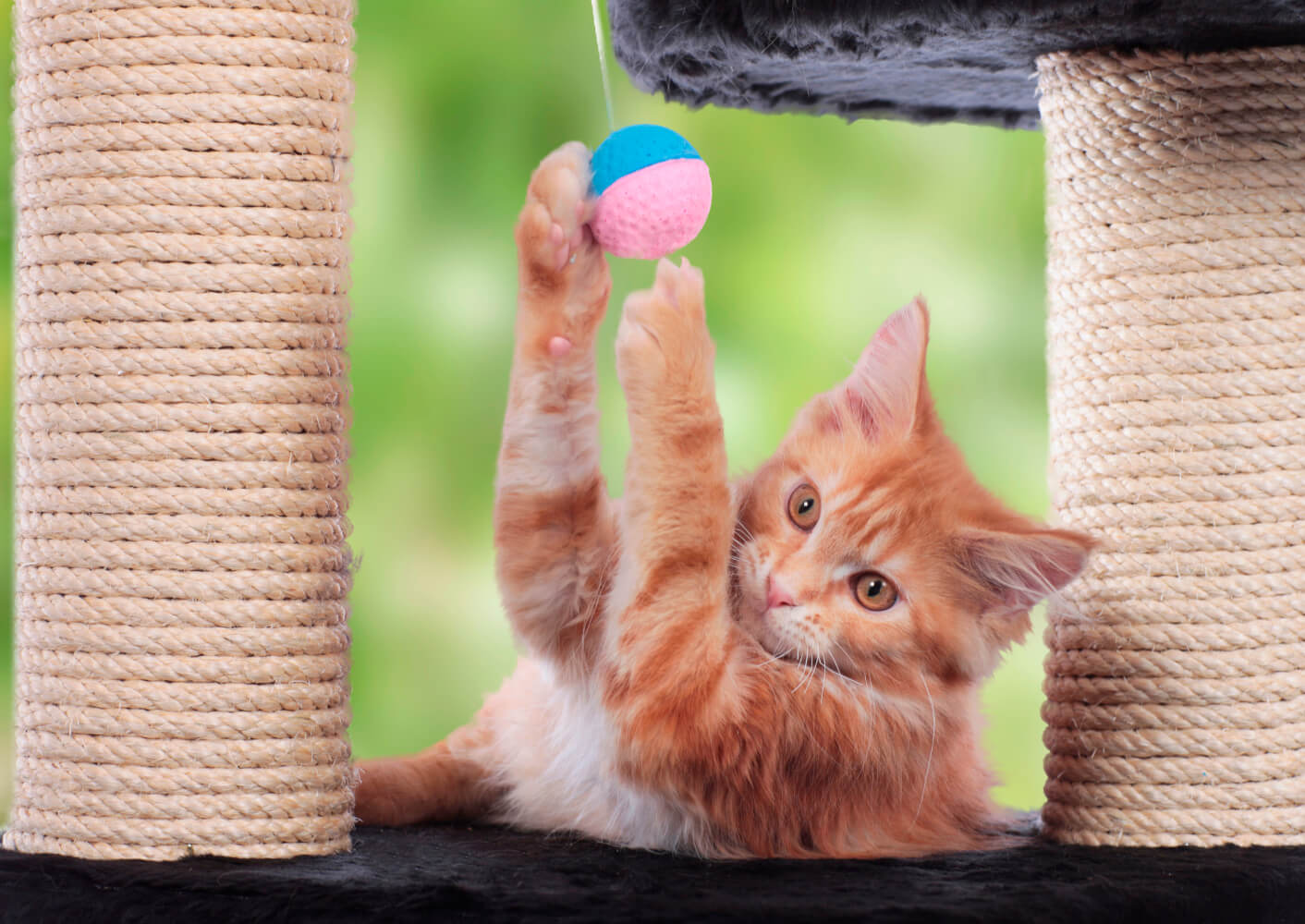
How to prevent joint problems in cats
Even young cats can suffer from joint problems - so early prevention is an absolute must for joint health. Pay special attention to feeding food that is adapted to the cat's growth.
Avoid the following risk factors that can promote the development of osteoarthritis:
- Repetitive, high stress (for example, jumping from a great height every day).
- Excess weight - puts a strain on the entire musculoskeletal system.
- Cold or even damp pads in the retreat are poison for the joints.
Both the right food and sufficient exercise are key factors in preventing joint problems.
Do you know how much exercise your cat needs?
There is no definite answer to this question, because it depends on many factors: Age, health, housing conditions and breed (British Shorthair, Persian and Ragdoll are considered a bit calmer, while Bengal, Abyssinian and Savannah are particularly active).
If your cat is an outdoor cat, it is usually busy. If your cat lives in a flat, it is important to keep him fit by offering climbing activities and playtime together. The size of the flat plays an important role: Your four-legged friend should have at least 50 square metres at his disposal, divided into several rooms.
By comparison, outdoor cats often have a territory of 100 square metres and more - the extended territory (hunting ground) can be between 0.5 and 1.5 square kilometres. Flat cats do not have this much space. This makes it all the more important to provide scratching, climbing and playing opportunities.
Offer incentives to move:
- Scratching trees
- Stable (free) shelves
- Cupboards (cats like high vantage points)
- Window sills
- At least 1 hour per day of active playtime with your cat (divided into several sessions).
Individual exercise preferences play an important role - maybe your indoor cat is up for a leash walk? Be creative.
Why your cat should keep moving despite osteoarthritis
Inactivity is poison for your cat's joints, especially if he has osteoarthritis, because exercise helps him lose weight, builds muscle and stimulates the production of synovial fluid.
Tip: Distribute your cat's food in several small portions throughout the house to encourage him to exercise. If the pain therapy is effective, your cat will rediscover the joy of exercise. You can support her by making small changes:
- Creating a deeper entrance to the litter box
- Putting up a step up to your favourite viewing area.
- Giving brush massages when your cat can no longer reach all parts of its body - this also promotes the bond with your pet.
You should remember this
Dr.Clauder's for mobility and joints
A balanced diet and targeted addition of supplements can improve your pet's mobility in the long term and reduce the dosage of painkillers in chronic diseases.

